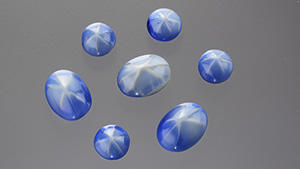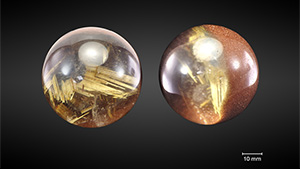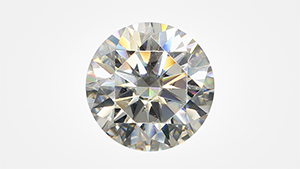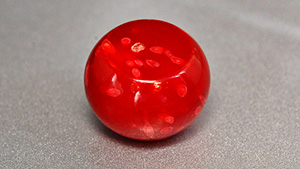
An examination of a beaded bracelet reveals calcite powder to enhance the imitation of natural root amber.
Read More
Four blue rough gemstones are submitted as natural sapphire, but the Carlsbad laboratory determines only one is natural.
Read More
An extremely convincing imitation of emerald is examined in Beijing.
Read More
A fixed star indicating manufactured asterism helps to identify an imitation star sapphire.
Read More
Demand for rutilated quartz spheres in Taiwan gives rise to a new type of composite material.
Read More
GIA Johannesburg identifies fraudulent GIA inscriptions on several synthetic moissanites submitted as diamonds.
Read MoreWhen General Electric created the first gem-quality synthetic diamonds in 1971, the first place the company sent them after cutting was to GIA for examination and research. In the 44 years since then, GIA researchers have closely followed the development of laboratory-created diamonds – from those early experiments to the production of commercial quantities in the gem market.
Read MoreImitation diamonds such as CZ and moissanite have been popular for decades. Learn about their properties and how they compare to diamonds.
Read More
Natural amber beads were found to have been filled with plastic and a variety of insects.
Read More
An orangy red plastic bead is revealed to be a composite when white coral fragments are identified by spectroscopy and gemological properties.
Read More